The Benefits and Use of Massage Therapy for Runners
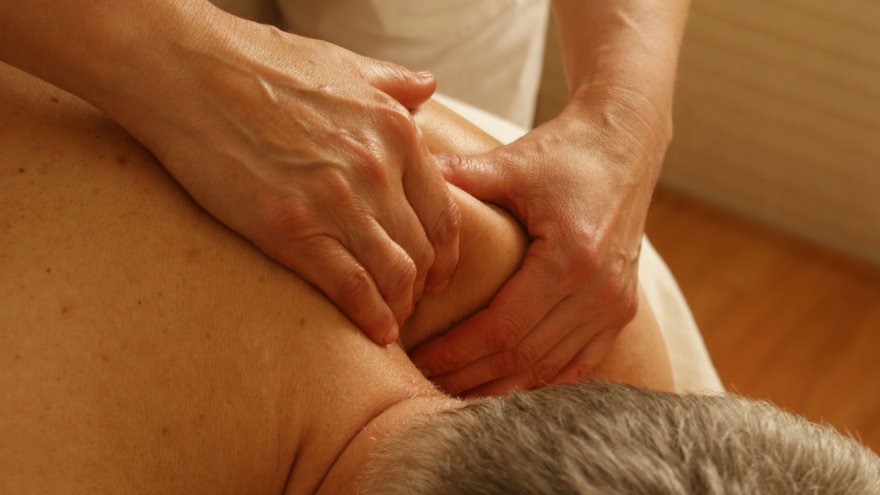
There are certain things that research has proven, without a doubt, to be good for runners. Things like tempo training, long runs, and fueling the body with wholesome foods. Then there are other things that, at this point, experts just cannot seem to agree on. Things like the overall benefits of compression gear, kinesiology tape and ice baths. And while we’ve reported on a number of these “grey” areas before, there’s one other topic that needs clarification: Massage therapy.
What is the current stance on the pros and cons of massage therapy for runners? Is it an unmissable part of an effective recovery strategy, or is it simply a once-in-a-while splurge to soothe tired, achy legs? Does it benefit running performance in any way, or are the perceived benefits of massage simply psychological? Here’s what the experts have to say.
What Is Massage Therapy?
The repetitive nature of running causes sustained relaxing and contracting of muscles for extended periods of time. These repeated muscle contractions are what allow us to run faster, further and stronger, depending on the force generated. Over time, however, these repetitive muscle contractions can lead to tight, shortened muscles, a loss in joint range of motion, and a decrease in blood circulation to compressed muscle tissue. Which is exactly where massage therapy can work its magic.
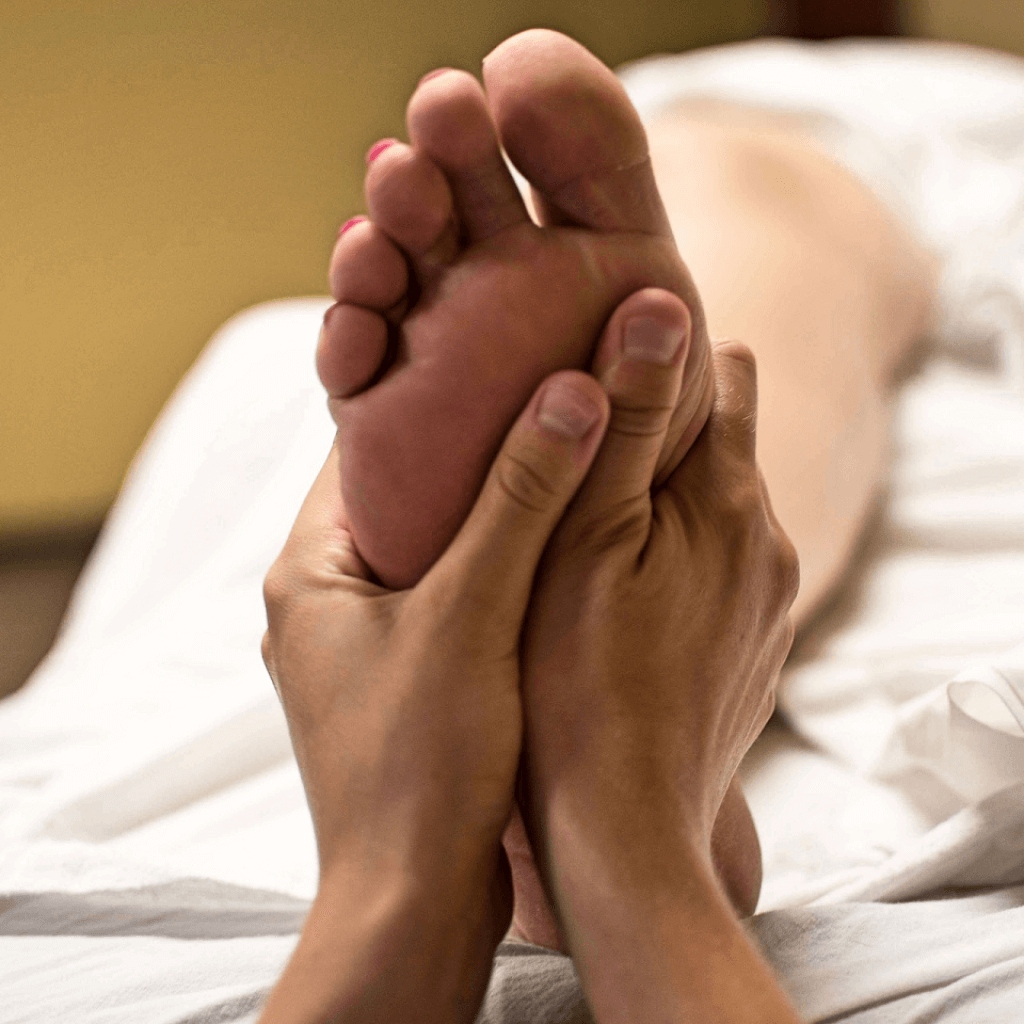
In short, massage therapy applies moving pressure to muscles and connective tissue, including tendons, ligaments and fascia. This energy causes fascia to soften and tightened muscles to relax, which can benefit runners in a number of different ways.
What Massage Therapy Can Do for You
Firstly, massage therapy helps improve the effectiveness of the body’s circulatory system by aiding in the following:
- Elongating muscles
- Relieving muscle tightness
- Improving blood circulation
- Restoring joint range of motion
This, in turn, contributes to improved oxygen transfer, delivery of nutrients and removal of waste products at cellular level. All of which has either a direct or indirect positive impact on a number of other systems throughout the body.
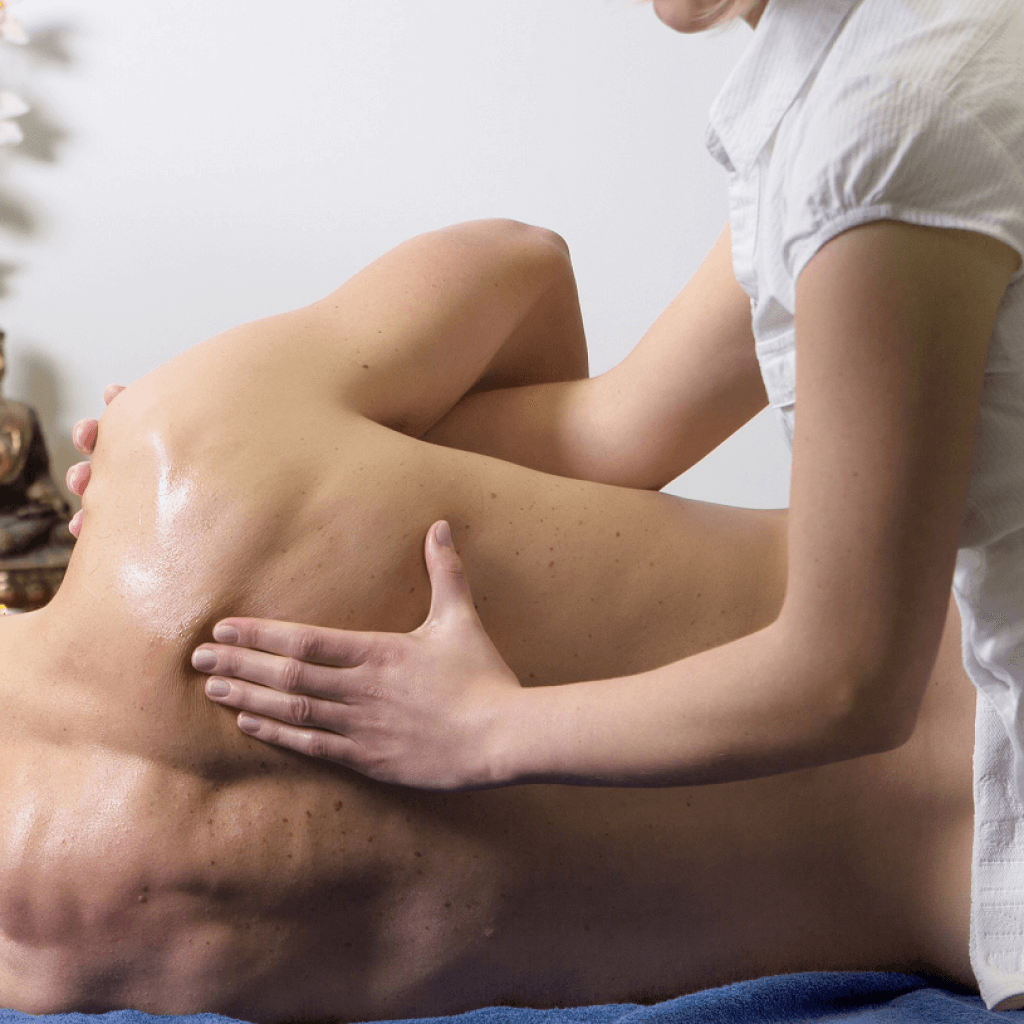
Other, scientifically proven benefits of massage therapy for runners include the following:
- A reduced intensity of delayed onset muscle soreness (DOMS).
- Improved immune function and reduced inflammation, even after just a single session. Repeated massage, on the other hand, has been found to have cumulative positive immune system and inflammatory impacts that lasted for up to a week.
- Possible improved recovery, allowing athletes to (safely) train harder after shorter periods of rest and recovery. This is achieved through reduced inflammation and the promotion of mitochondrial biogenesis.
And no, massage therapy isn’t just for the pros. Even beginner runners can benefit from its many perks.
What Massage Therapy Can’t Do for You
One of the deep-seated beliefs about massage therapy that hasn’t been proved by science, is its perceived ability to flush toxins out of the muscles and into the bloodstream. According to JoEllen Sefton, Associate Professor of Kinesiology at Auburn University, this is physiologically impossible.
Justin Crane, a researcher from McMaster University, adds that it appears that massage therapy can also not flush lactic acid from tired muscles. This perception most likely originated from the fact that massage therapy reduces pain, thereby causing individuals to believe that it somehow reduced levels of lactic acid.
Which Type of Massage Is Right for You?
So which type of massage will be most beneficial to you as a runner? With an almost overwhelming array of massage techniques available to choose from, it’s no wonder that runners feel confused.
Therapeutic massage aims to elicit a number of physiological responses, including those mentioned above. In other words, with therapeutic massage, the client and practitioner both have a shared goal of achieving structural changes within the body.
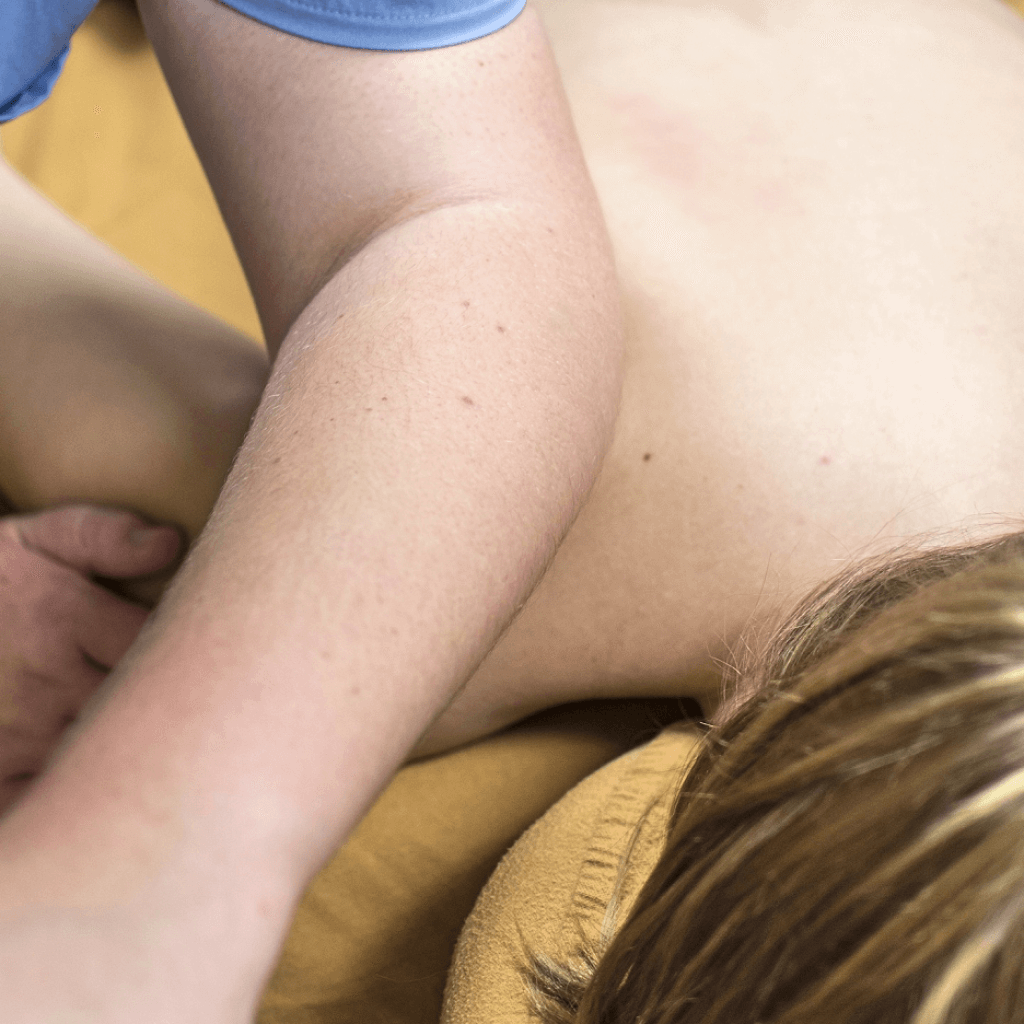
So what exactly is therapeutic massage? In a nutshell, it involves applying deep pressure aimed at correcting soft tissue. This should obviously be done by a suitably trained professional. A number of different techniques can be used as part of therapeutic massage, and it’s best to discuss your specific needs with your therapist before your session(s) start.
Therapeutic massage is not the relaxing, spa-type massage that you have while donning a face mask and blissfully sipping cocktails. While these spa-type massages (or generally termed Swedish massages) definitely have some therapeutic properties, they generally won’t provide pain relief for runners.
The Cumulative Benefits of Massage Therapy over Time
Just like running, with its benefits that add up over years of consistent training, the benefits of massage therapy are also believed to be cumulative over time. Which means that a single massage before a goal race will not benefit you as much as regular massages throughout your training schedule.
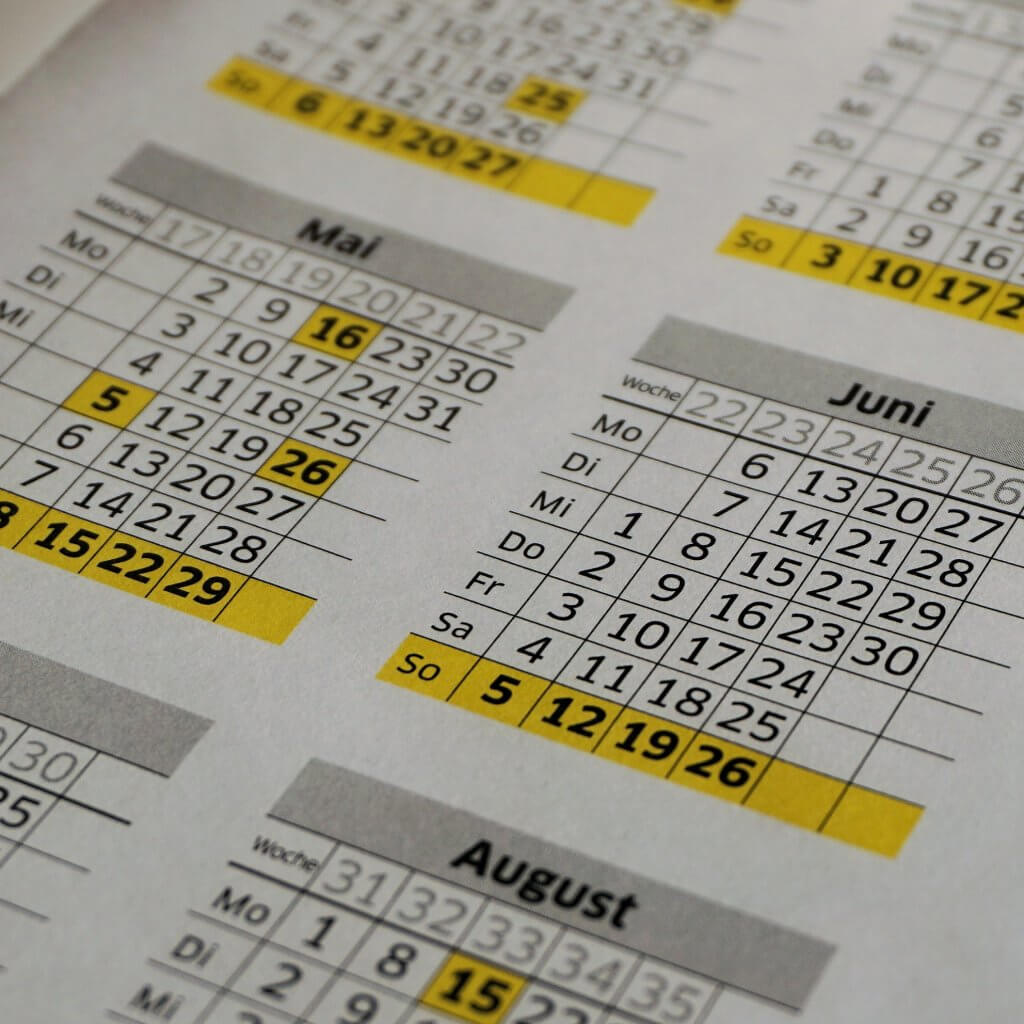
So exactly how often should you have a massage? The answer is that it depends. What can you afford budget-wise? And how many goal races do you have planned for the year? Ideally, you should schedule your massages approximately two to three days after key workouts, long runs or races. Pre-race massages should also be booked three to five days before goal races, while post-race massages should be booked three to five days after goal races.
Look at your budget and schedule and find what works for you. The important thing is to get into a regular massage schedule, whether it be once a week, once a month or once every two to three months.
Are Percussion Massage Guns Worth It?
Percussion massage guns have stormed onto the market as a simple, lightweight and inexpensive alternative to a massage therapy cycle. These handheld therapeutic massagers may not bring full massage therapy benefits to athletes but they’ve become popular as a way to increase blood flow and reduce lactic acid buildup.
A less important benefit athletes have found when using a massage gun for recovery has been the relaxation they feel after the consistent vibration. A pre-bed routine could certainly benefit from the added relaxation.
Don’t miss our recommendations for the best percussion massage guns.
The Takeaway
So, if your budget allows, treat yourself to regular therapeutic massages throughout your training year, or add a massage gun to your gear bag for a simpler recovery process. Not only is it a glorious reward for hard and consistent training, but it will also benefit your body in a number of ways. Just don’t rely solely on your massage schedule to keep you niggle- and injury free. Instead, be diligent about recovering enough, hydrating well, and stretching and foam rolling often in between massage sessions.
Sources
- , Benefits of massage for runners, Online publication
- , The pros and cons of massages for runners, Online publication
- , 4 Ways massage therapy benefits runners, Online publication
- , When should runners get a deep tissue massage?, Online publication
- , Which type of massage is best for you?, Online publication
- , Massage and postexercise recovery: the science is emerging, Scientific journal
- , A Preliminary Study of the Effects of a Single Session of Swedish Massage on Hypothalamic–Pituitary–Adrenal and Immune Function in Normal Individuals, Scientific journal
- , A Preliminary Study of the Effects of Repeated Massage on Hypothalamic–Pituitary–Adrenal and Immune Function in Healthy Individuals: A Study of Mechanisms of Action and Dosage, Scientific journal
- , Massage Therapy Attenuates Inflammatory Signaling After Exercise-Induced Muscle Damage, Scientific journal
Latest Articles
 Is Running on a Treadmill Easier Than Running Outside?Runners have their own preferences, whether it is treadmill running, running outside on the road, or exploring trails. So...
Is Running on a Treadmill Easier Than Running Outside?Runners have their own preferences, whether it is treadmill running, running outside on the road, or exploring trails. So... Is It OK to Use Trail Running Shoes on the Road?While trail running shoes can be used on roads, especially in situations where a runner encounters mixed terrains or pref...
Is It OK to Use Trail Running Shoes on the Road?While trail running shoes can be used on roads, especially in situations where a runner encounters mixed terrains or pref... How to Fix Sore Quads After Running?Rest, ice, gentle stretching, and over-the-counter pain relievers can help soothe sore quads after running. Also, ensure ...
How to Fix Sore Quads After Running?Rest, ice, gentle stretching, and over-the-counter pain relievers can help soothe sore quads after running. Also, ensure ... 10 Fruits With The Most Electrolytes to Replace Sports DrinksThese fruits are high in electrolytes such as potassium, magnesium, and calcium, essential for hydration, muscle function...
10 Fruits With The Most Electrolytes to Replace Sports DrinksThese fruits are high in electrolytes such as potassium, magnesium, and calcium, essential for hydration, muscle function...

